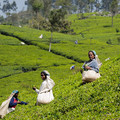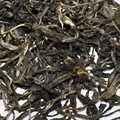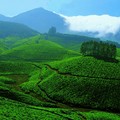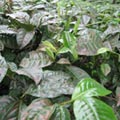Quotes - Mushroom - Jin Cha
„Mushroom shaped tea appeared in 1912. It was invented at that time in order to prevent the tea from going mouldy during the transportation. It was produced in Xia-Guan and Fo-Hai (two cities in south China) with the trademark "Bao-Yan". The production was then stopped in 1966. In 1986, the production was resumed due to the request of Buddhists in Tibet.“
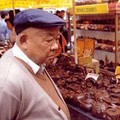
Quotes Tags: Pu-erh, Mushroom - Jin Cha, Tea production, China
„Pu-erh shape - Mushroom - Literally meaning "tight tea," the tea is shaped much like túocha, but with a stem rather than a convex hollow. This makes them quite similar in form to a mushroom. Pu'er tea of this shape is generally produced for Tibetan consumption, and is usually 250g or 300g.“
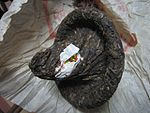
Quotes Tags: Pu-erh, Mushroom - Jin Cha
Teas
2012 Autumn Fujian Anxi Benshan 100g
 2 reviews
2 reviewsOne of famous oolong teas from Anxi is Benshan. This is a light roasted with low oxidation (only 10-15%)...
2013 Yunnan Sourcing "Year of the Snake Red
 1 review
1 reviewA premium ripe tea composed entirely from 6 and 4 years aged ripe tea from Lincang. Light to medium...
2015 Chawangpu Bada Lao Yu Xiao Bing
 1 review
1 reviewLao Yu (老妪) : old woman Material for this cake came from a small Bulang village in Bada...
Theme
Tea by region
We will help you with tea selection.
Do you like quality loose tea?
We will help you to find the right one for you. Be inspired by tea ratings of other tea lovers. Rating stars could help you.


Review your cup of tea.
Review the tea you are drinking and help other tea lovers to find the right cup of tea.



Quotes
„Wrapper: Made usually from thin cotton cloth or cotton paper and shows the tea company/factory, the year of production, the region/mountain of harvest, the plant type, and the recipe number. The wrapper can also contain decals, logos and artwork. Occasionally, more than one wrapper will be used to wrap a pu'er cake.“



 Shops
Shops Share on Facebook
Share on Facebook






